
Getting a clutch of chicks is always fun. I don’t care how old you are; those sweet little peeping balls of fuzz melt even the hardest of hearts. But most of us only want chicks that will grow to be laying hens. In fact, most of us pay for sexed pullets because we really don’t want to deal with a rooster.
Some, like our family, live in a township that doesn’t allow roosters. So, what do you do when one of your fuzzy little girls turns out to be a boy?
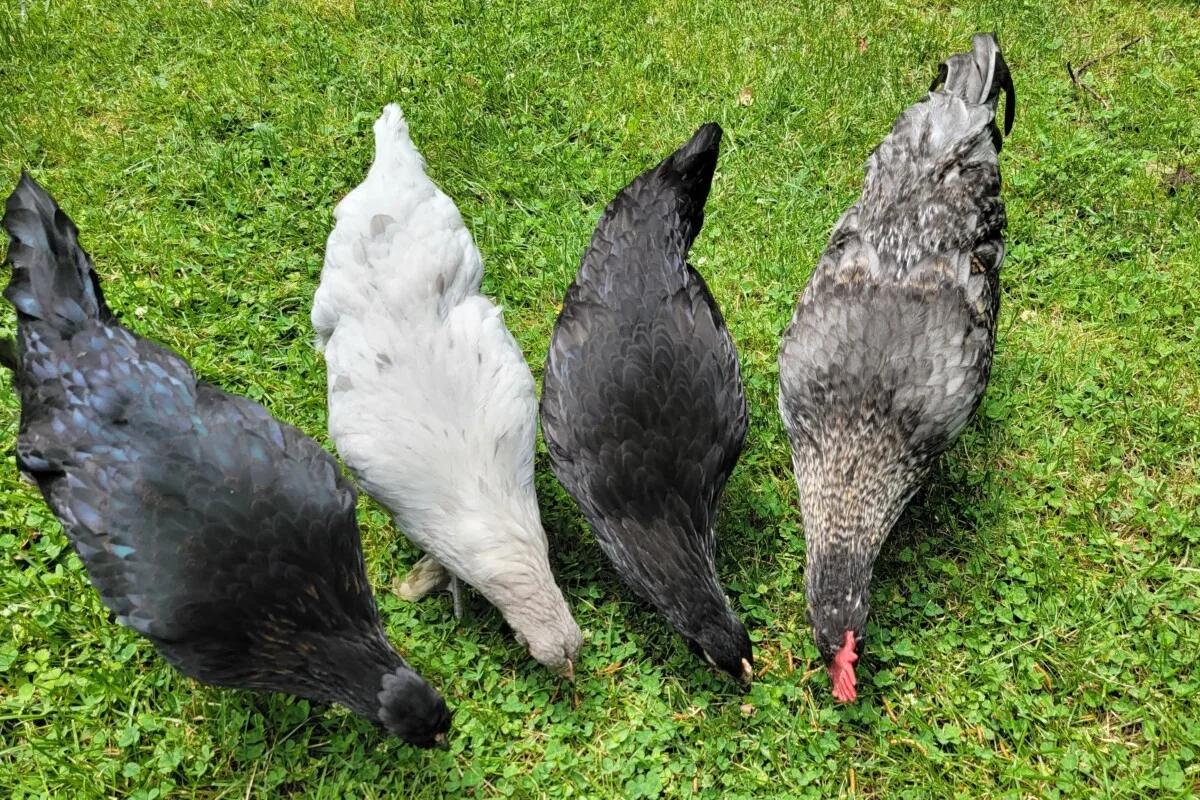
Chicken Sexing and Sexing Guarantees
Chicken sexers are very good at what they do. Most of them are 95% accurate. Your local meteorologist can’t even boast stats that great.
We’re talking about professionals who can determine the sex of a chick with a quick look that takes them mere seconds before they move on to the next bird.
But they’re also human. And they do make mistakes.
However, it can be a real headache when their mistake lands in your batch of pullets.
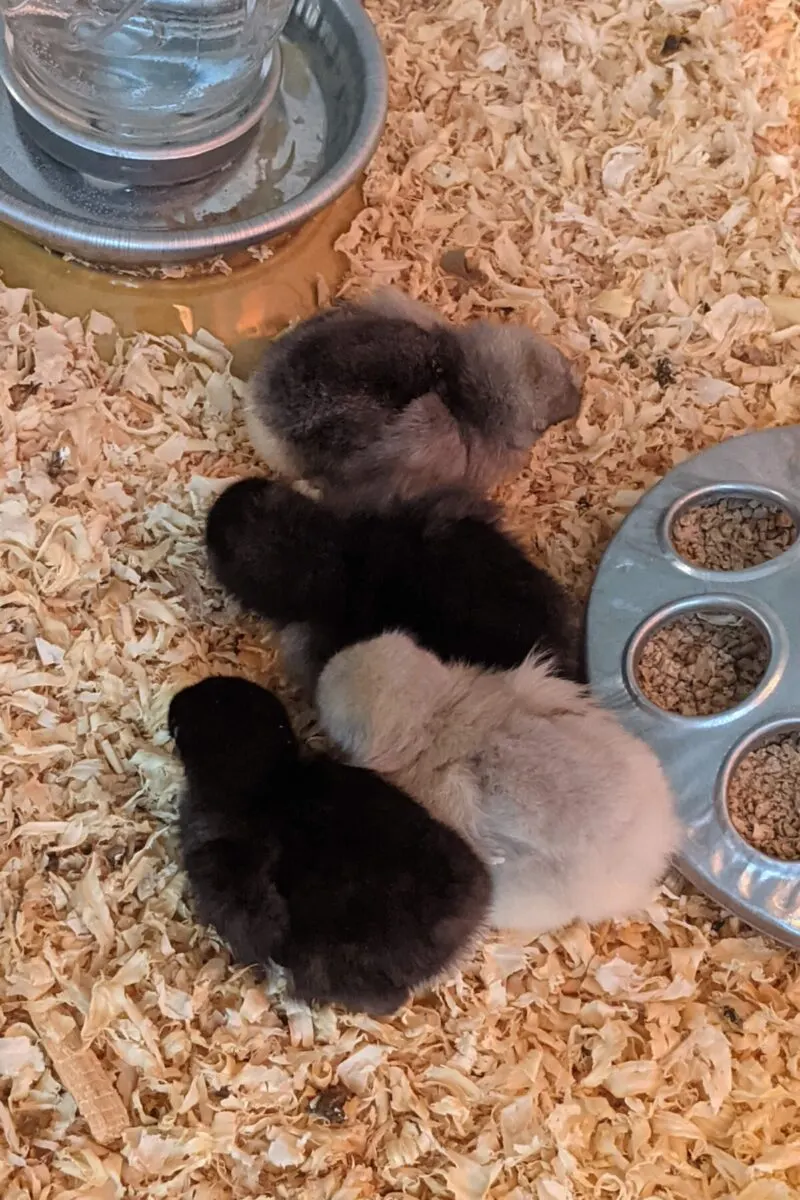
Many big hatcheries that offer mail-order chicks have a sexing guarantee, which sounds great when you’re adding all the colored egg-layers to your cart. But most have a waiting period of about ten weeks before they will honor their guarantee, as that’s generally how long it takes to be sure your chick is a rooster. The reality of the situation is you end up with your money back or store credit…and you still have an unwanted rooster on your hands.
Clues He’s a He, not a She
It can be tough to be sure your chick is actually a rooster when they’re young, hence the necessity of that waiting period. It’s even harder if your little brood is made up of different breeds. Some grow quicker than others; some have more pronounced combs, which might make you think you have a rooster.
It’s best to wait to determine the sex of a chick when they’re closer to sexual maturity. Otherwise, you may end up getting rid of a late-blooming hen.
Here are some general characteristics of roosters to help you figure out if he’s a he and not a she. It’s important to consider the breed, as certain breed characteristics can make it difficult to tell the difference between a rooster and a pullet until they are closer to sexual maturity.
4-5 weeks
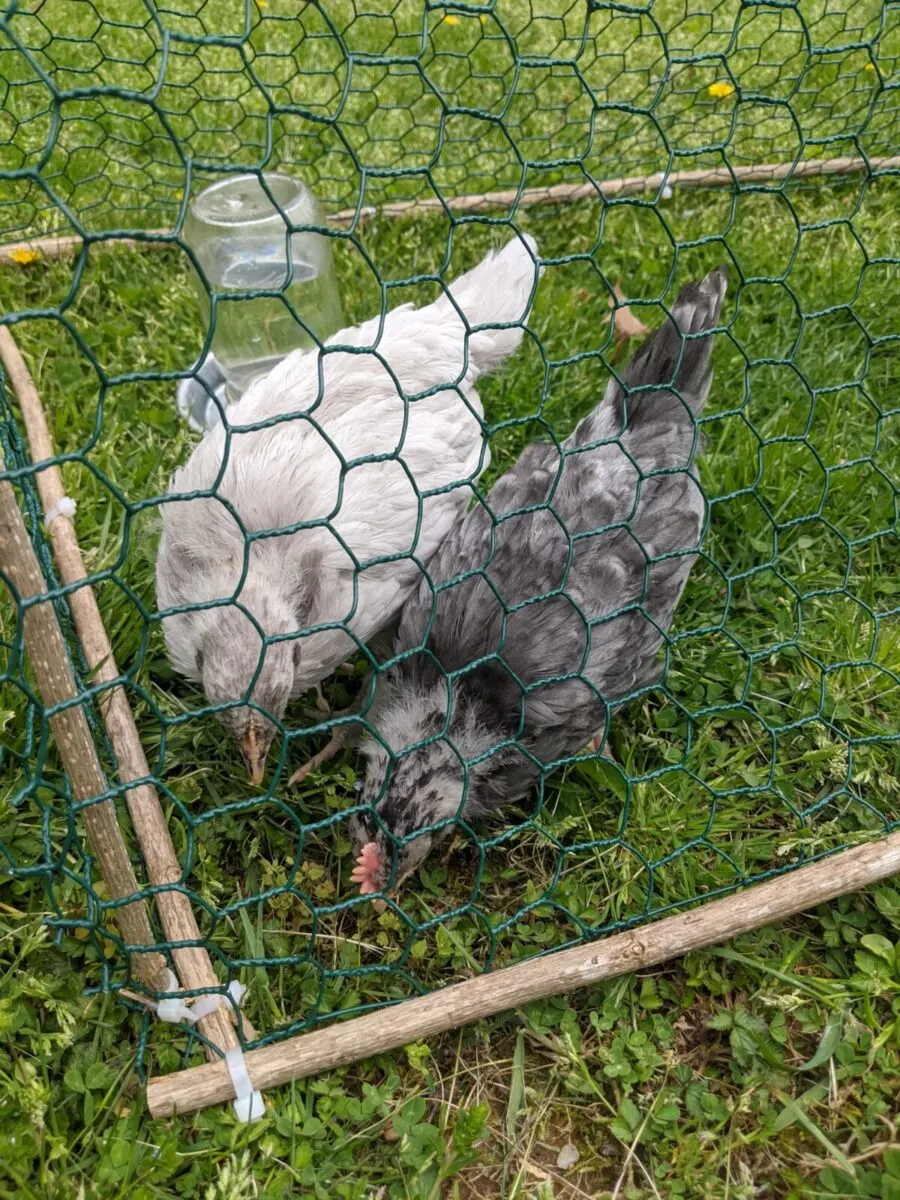
Roosters generally have a much more pronounced, redder comb early on. You’ll note I didn’t say larger, as comb size and shape depend on the breed. When small, pullets have very small combs. Their combs will remain pale pink or orange and only redden when they reach the point of lay. If you’ve got a chick with a bright red comb early on, chances are good; it’s a rooster.
Wattle growth is another early indicator of a rooster. Like the comb, a rooster’s wattle will grow faster and be red long before a pullet’s. If you have a bearded breed, however, pay more attention to the wattle color than the size, as the beard gene means a much smaller wattle in both males and females.
10-12 Weeks
Feathers
Roosters generally have showier plumage, but they also have different-shaped feathers. Look closely at the saddle – the feathers on the back — roosters will have slimmer, pointy feathers, whereas pullets’ saddle feathers will be shorter and rounded. A rooster will also have a more pronounced “saddle” with more feathers that generally spill down his sides. Most breeds will have elongated tail feathers as well. Look for a waterfall of long, curved tail feathers.
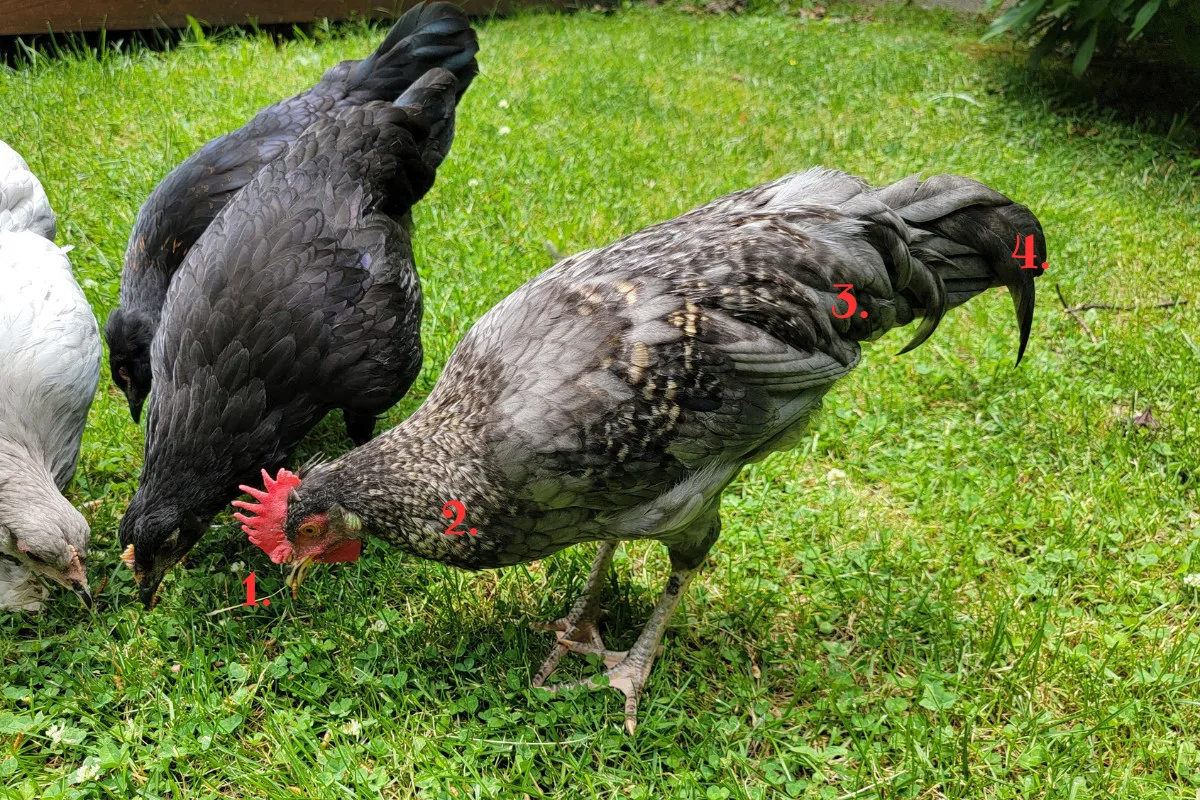
16 Weeks
Hackle feathers are more pronounced. While both males and females have hackle feathers, the rooster’s hackle feathers will be long and pointy and will grow further and thicker down the neck.
Crowing
And then there’s the obvious one – crowing. If you hear that first crow from the coop, you probably have a rooster on your hands. That being said, hens can crow, too. We have a hen who, in the absence of a rooster, has taken it upon herself to watch over our flock. Now and then she crows. But once a rooster realizes he can crow, he rarely stops.
It’s always a good idea to look at numerous photos of roosters for your particular breed online to determine if your chick is a boy.
Now that you know for sure, what will you do with him?
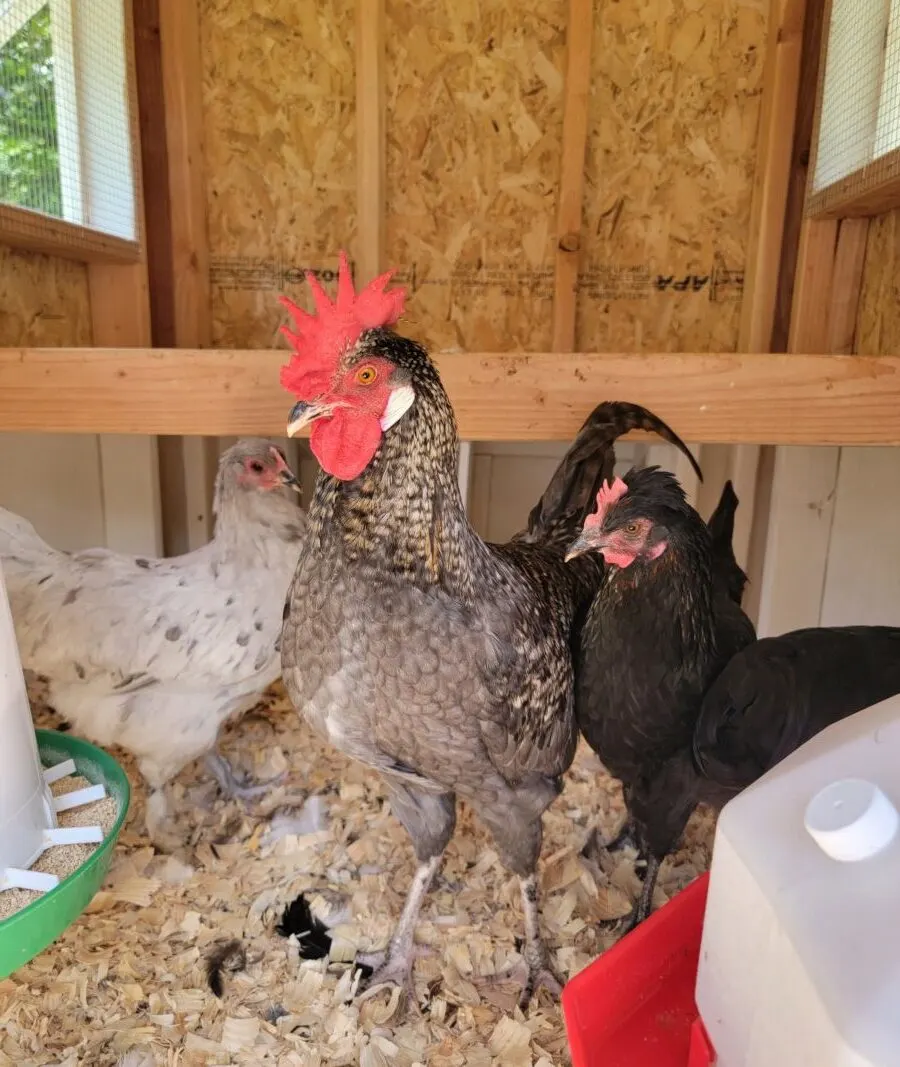
1. Keep Him
Roosters aren’t inherently bad. If you’re able, keeping your rooster offers your hens a level of protection you can’t give them. A good rooster will show your hens the best places to forage, alert them to possible danger, and, if necessary, lay down his life to protect his ladies. A good rooster can be an invaluable addition to your flock.
Of course, not everyone lives where roosters are welcome.
2. Process and Eat Him
Chances are, if you’re reading this, you aren’t the type of person who will choose this option. If you were, you would already have had a lovely roast chicken dinner, not Googled what to do with a rooster. But it is a completely reasonable option, not to mention a tasty one. I will acknowledge that it’s not for everyone. Still, it might be a good opportunity to challenge yourself about the realities of keeping livestock and the hard decisions that come with it.
It is odd when you think about our disconnect with food these days. How many of us keep chickens and eat chicken but would never in a million years eat our chickens? (Raises hand.) It’s something to think about.
3. Ask a Local Farm/Farmer/Friend to Take Him
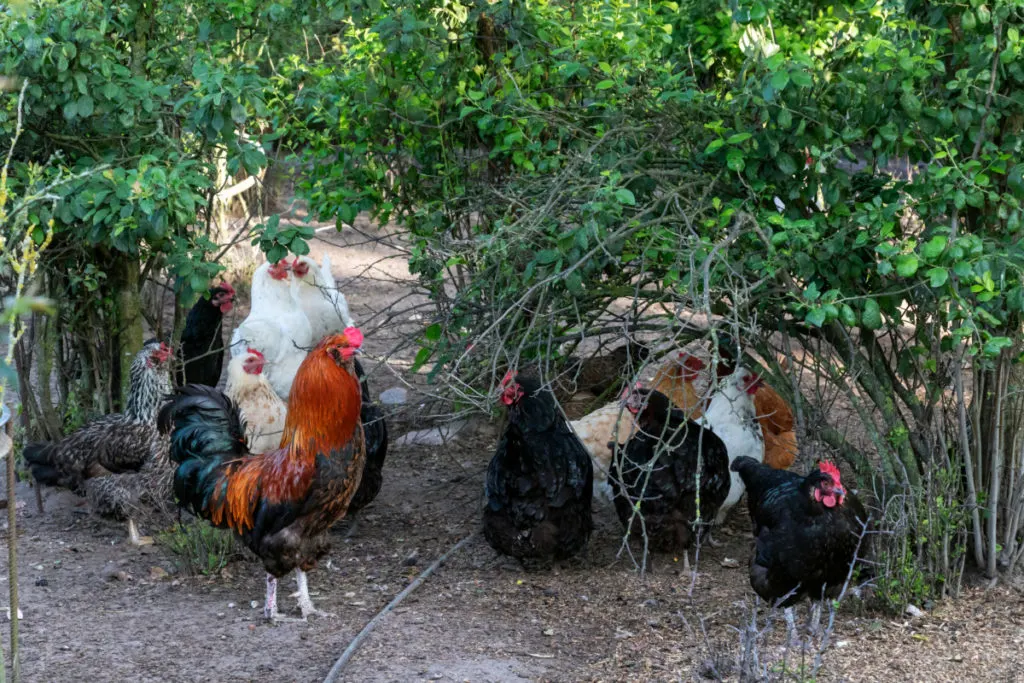
When you’ve only got a few chickens in the first place, a rooster can seem like a huge deal. But if you’re a farm that regularly keeps a couple dozen chickens, another mouth to feed is less noticeable. And a working livestock animal is generally a welcome addition to a farm. Ask around, as this is usually one of the easiest ways of rehoming a rooster.
4. Craigslist
Craigslist is still a great place to list an unwanted rooster. (It’s also a great option if you’re looking for specific breeds of chicks in the spring.) List your rooster for sale or for free. Of course, it also depends on where you live. If you’re in a more urban area, you might have a harder time rehoming a rooster via Craigslist.
5. Donate Him to a Local 4H or FFA Group
Many kids in 4H or Future Farmers of America raise animals for showing. These groups are always looking out for free animals for their members. If you want to sweeten the deal, offer your rooster with a pullet as a breeding pair.
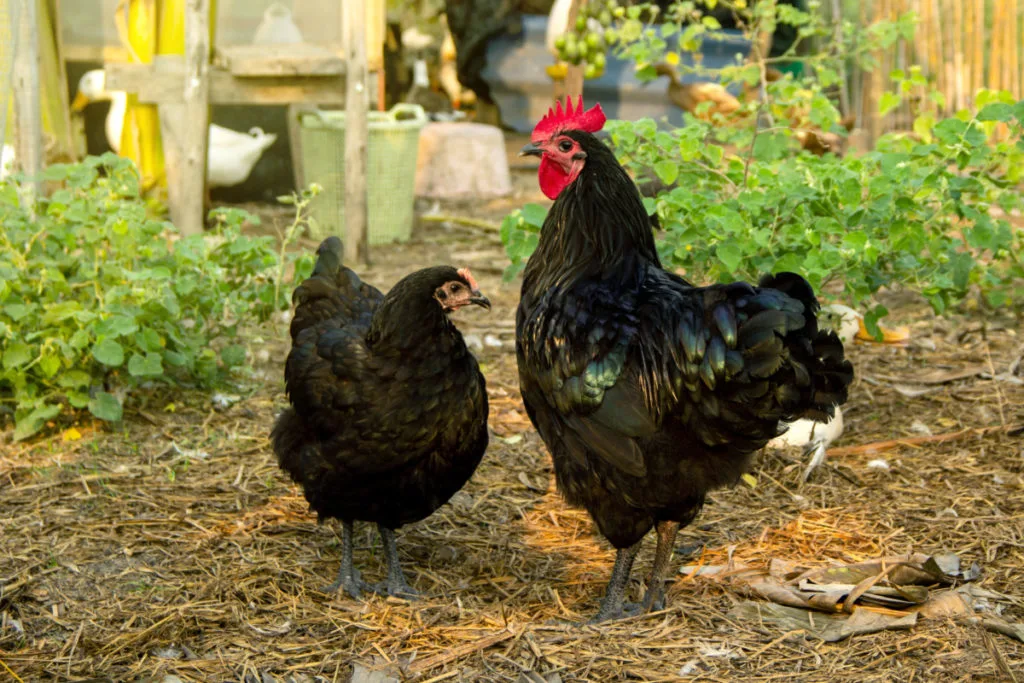
6. Rescue Groups
Look for a local animal rescue group that will take roosters. Calling your local animal shelter is a good place to start, too. While they may not take roosters, they may know of someplace that will.
7. List Your Rooster on a Local Poultry Group
Facebook is a fantastic place to meet other chicken folks. There are usually plenty of poultry-keeping groups to choose from based on location, which are excellent resources for rehoming a bird. Again, offering a rooster and pullet or hen as a breeding pair will make a more attractive offering.
8. Have Your Vet Euthanize Him
Ultimately, if you’ve done all you can to rehome an unwanted rooster, you might be left with the unpleasant task of having him euthanized. Chances are it won’t come to this, but it’s important to remember the responsibility of owning livestock, even if we didn’t plan for a rooster. Call your vet and have the rooster euthanized.
Avoid This Problem in the Future with Autosexing & Sexlink Breeds
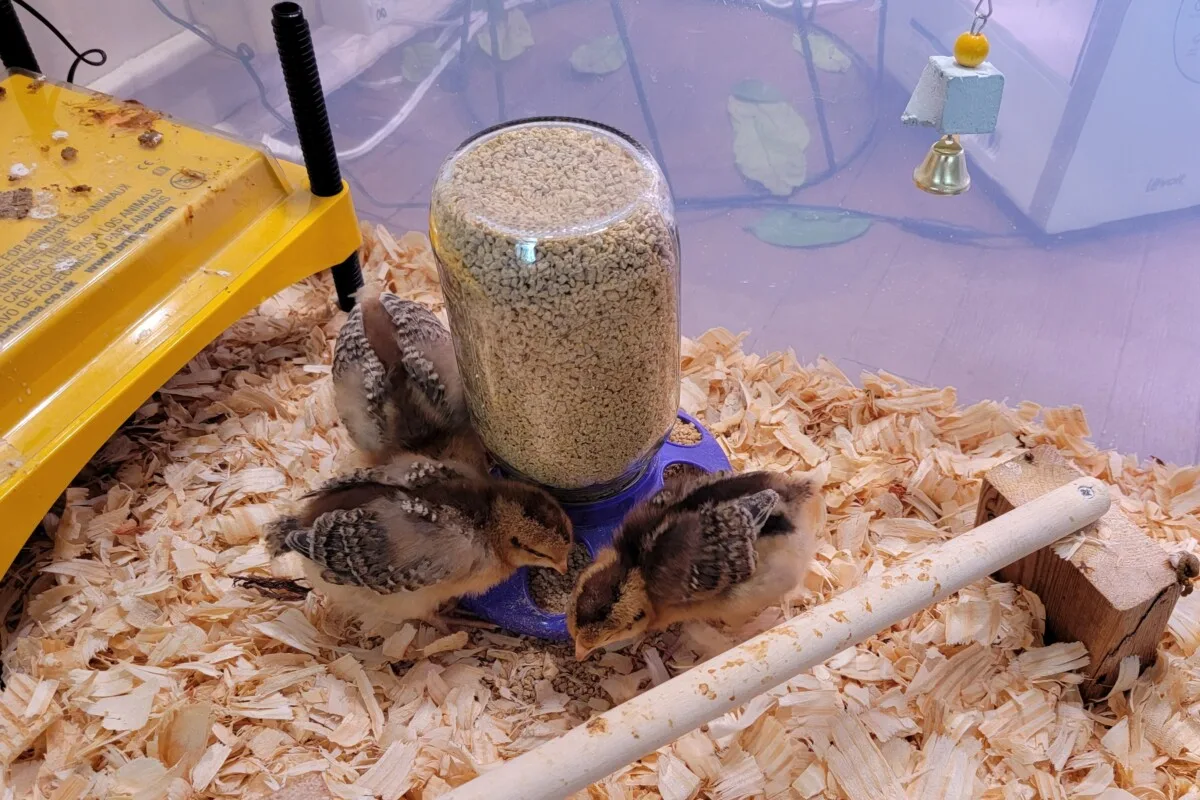
We ended up with a surprise rooster one spring. After dealing with the stress and heartache of figuring out what to do with him, we decided we were only keeping autosexing breeds in the future. Sexlinks and autosexing breeds are chickens with distinguishable feather markings at hatching that denote males and females.
If you want to avoid rooster troubles in the future, consider keeping a sexlink or autosexing breed. There are some beautiful, sweet and prolific layers to choose from.
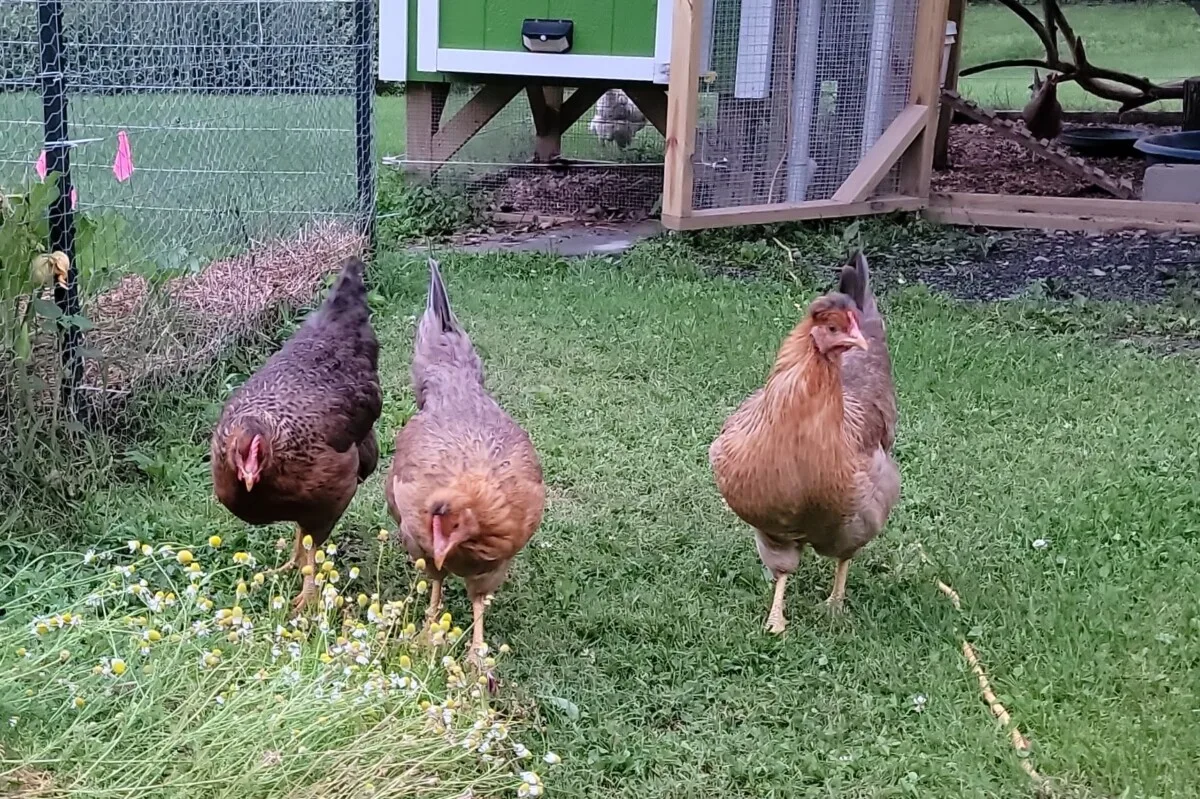

Get the famous Rural Sprout newsletter delivered to your inbox.
Including Sunday ramblings from our editor, Tracey, as well as “What’s Up Wednesday” our roundup of what’s in season and new article updates and alerts.

